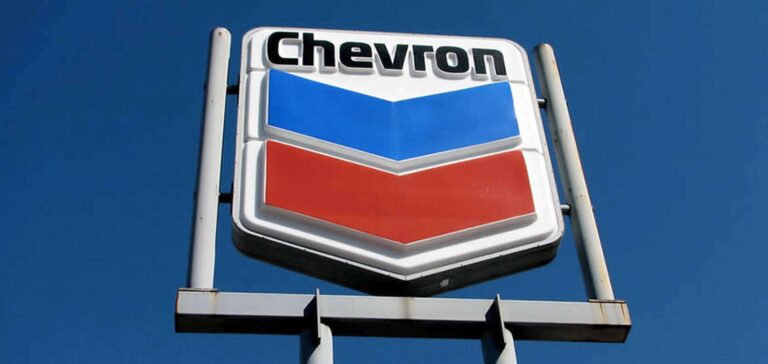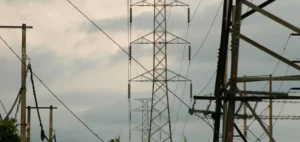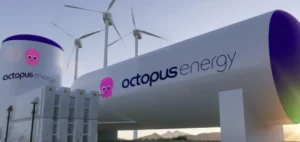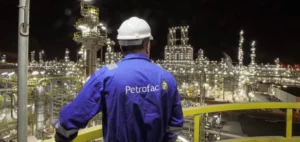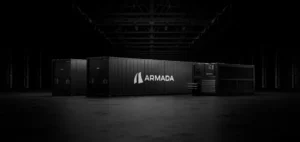Chevron Corp wants to ensure the continued flow of oil from Kazakhstan. Thus, the company works with the government.
Chevron explores possibilities
For Chevron, it is a matter of securing oil from the Tengiz field in Kazakhstan, which crosses into Russia. The fuel is transported via pipeline to the Black Sea port of Novorossiisk. Chevron’s concern is the repair of two of the three loading buoys.
Buoy rehabilitation has reduced the capacity of the pipeline. In fact, the normal throughput of the infrastructure is 1.5 million barrels per day. However, the current throughput is 1 million barrels per day.
However, there are alternatives in case of a total closure of the loading port or the shutdown of the pipeline. Rail transit is the most viable option. This has been done before by the producers of Tengiz. Nevertheless, in the short term, the pipeline is the most suitable to meet large-scale demand.
In this sense, it is necessary to provide adequate options for the volumes of oil to be transported. Last year, the pipeline transported about 1.2 million barrels of crude from Kazakhstan.
At this point, transporting oil streams by rail is only a consideration for Chevron.
These thoughts are supported by statements made by Mr. Wirth, CEO of Chevron. He says oil demand growth will be quite good. However, he wonders about the European and Chinese demand.
What about LNG?
Based on this assumption, the company did not want to participate in the Qatar LNG expansion project. She said she felt she had higher return opportunities.
In terms of LNG, it is looking to the United States. In fact, Chevron has entered into agreements for U.S. LNG projects under development. The company is also focusing on markets along the Pacific Ocean. In addition, it hopes that Europe will turn more to LNG so that it becomes a significant market.


